Self-Driving Car
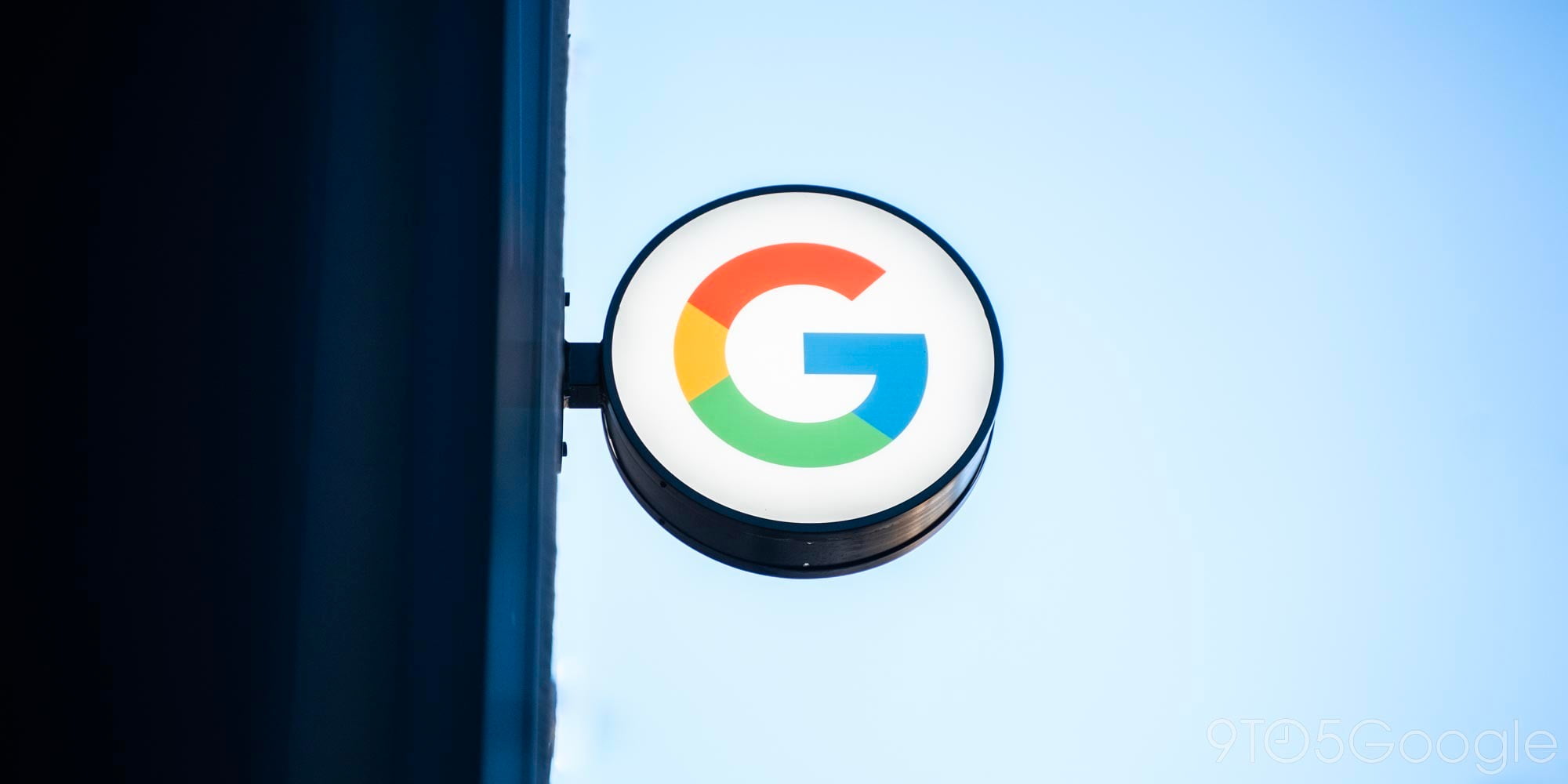

Google publishes a report for its self-driving car project once a month, and today — appropriately — the company published the report for November. Today’s report is notably unexciting, but it does mean the end of a two-month streak of the cars being accident-free. That said, the accident that Google details in this report is barely an accident…
Once again, Google wasn’t at fault in yet another fender-bender:
A vehicle approaching from behind came to a stop and then rolled forward and collided with the rear bumper of the Google AV. The approximate speed of the other vehicle at the time of impact was 4 MPH. The speed of the Google AV at the time of impact was below 1 MPH.
Other than this minor accident, which bumps the total number of accidents the cars have been involved in to 17, there’s not much new here. The cars have now driven a total of 1,320,755 autonomous miles, and 955,771 manual miles. The total number of Lexus cars on the road is the same, but there are now 30 prototypes out and about.
You can read the full report for yourself at Google’s website.
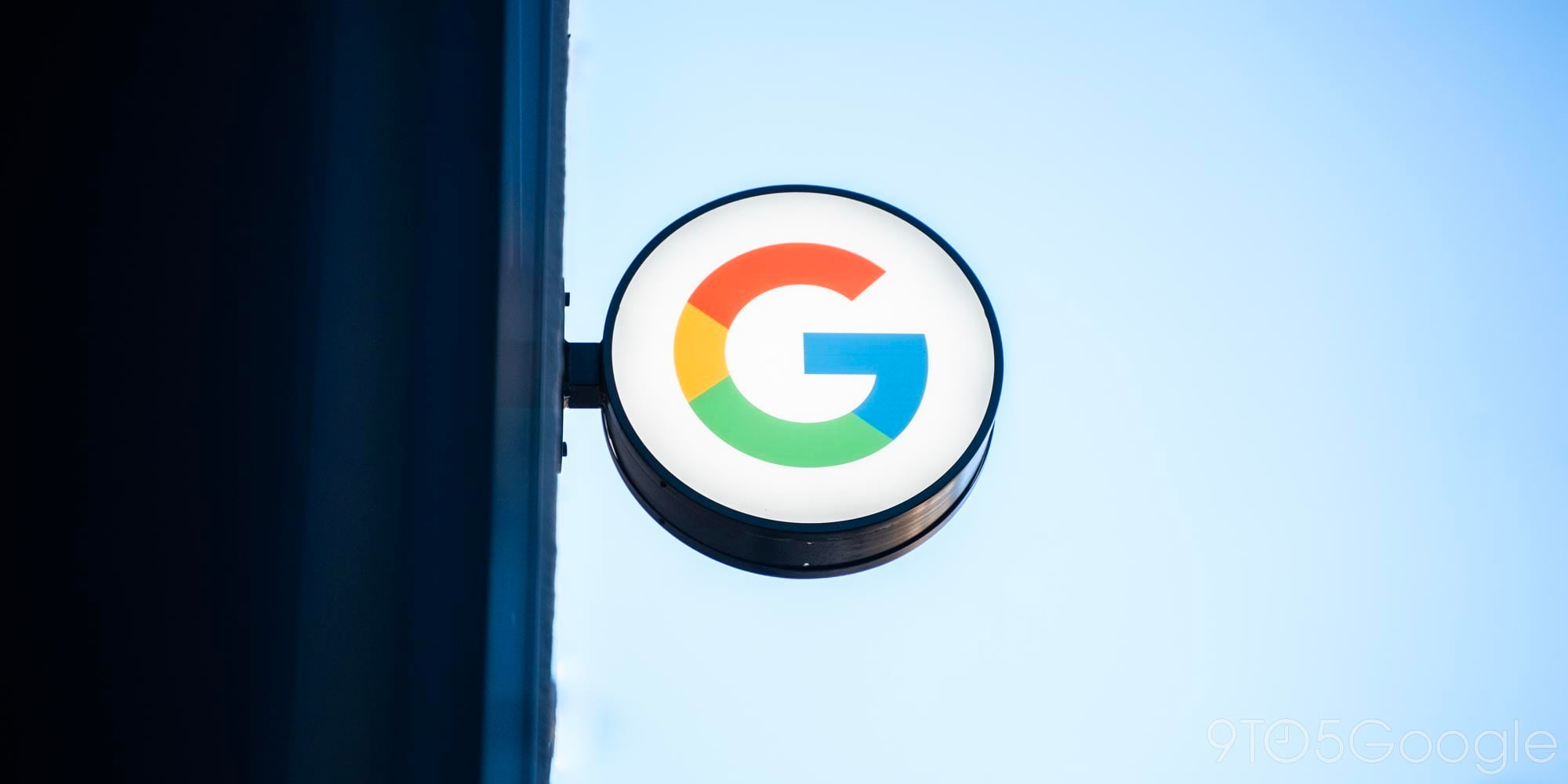
Some parts of Google’s self-driving car are still mysterious, but slowly more pieces of that mystery are being uncovered. One mystery, in particular, has been the inside of the car. While Google has allowed dozens of journalists, random lucky souls, and Google employees (of course) to ride in the car, only on very few occasions have we been able to see the inside. The company specifically told journalists not to take pictures of the inside at an event earlier this year, and we barely got a glimpse into a very early prototype in Google’s “A First Drive” video last summer. Now, with a couple of patents Google has received, we’re getting a more detailed look inside for the first time…
Expand
Expanding
Close


Update: A source close to the company tells us Rose is not working on Google’s car project. We are also hearing that he might have been let go at Tesla.
Robert Rose has an impressive resumé as a software engineer. He worked at HP while completing his MS in Electrical and Computer Engineering at Oregon State University. He then developed award-winning PSP games at Sony such as Syphon Filter: Dark Mirror and Resistance: Retribution.
In 2009, he moved to California to be the lead software engineer for SpaceX’s first Falcon 9 and Dragon flight. He quickly became Director of Flight Software, a position he held until July 2014. After a brief stint at machine learning firm Vicarious, he joined Tesla last May to lead the Autopilot team into the release of v7.0 update, which enabled ‘Autosteer’ and ‘Auto Lane Change’.
According to his LinkedIn profile, Rose left Tesla right after the release of the Autopilot in October and a month later, we learn that he joined Google.
Expand
Expanding
Close
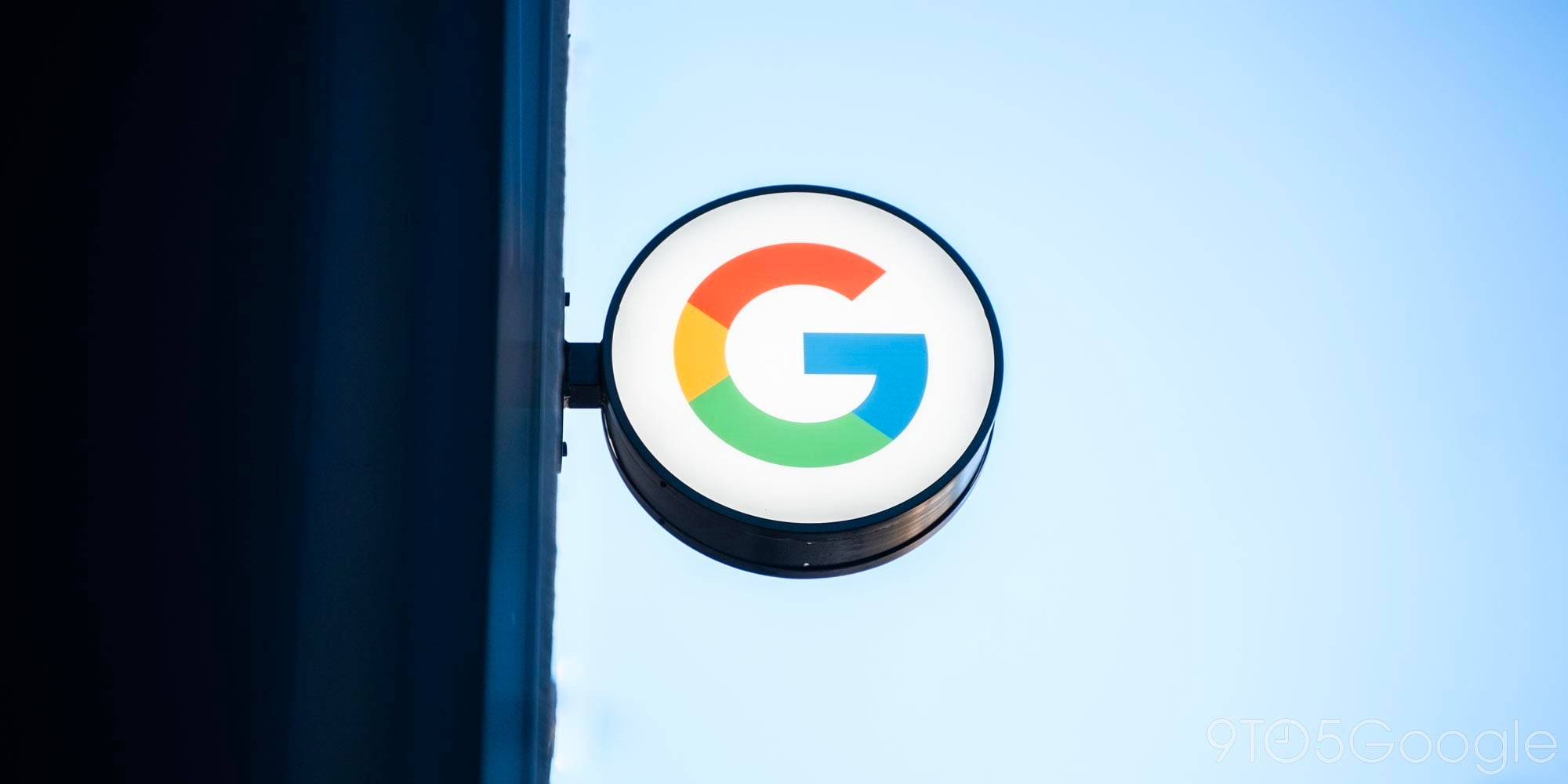
Earlier this year, Google called on community artists in San Francisco to design the doors to some of its cute prototype self-driving cars. The contest’s winners were announced in late September, but now Google has come out on Google+ to post the first picture of some of the custom paint jobs now mostly finished and ready to hit the road.
We’ve been following the self-driving car program pretty closely as of late, and told you just last week that the cars haven’t seen an accident in over two months despite driving 100k miles. Also of note in recent weeks, Nest CEO Tony Fadell came out to say in an interview with Bloomberg that riding in the cars feels like being taxied by a professional driver.

Up to June of this year, Google’s self-driving cars had yet to be at fault in any accidents, and it seems that record has held true over the last few months. Of the dozen or so accidents up to that point, the majority had happened when the self-driving car wasn’t even moving, and the rest occurred when Google’s safety drivers were in control of the vehicles.
Unfortunately, in the months after Google released the first report, Google’s cars continued to see a couple of accidents per month. But that trend has come to an interesting halt recently. As we’ve learned thanks to Google’s recently-published October report, the self-driving cars have now gone more than two months without a single accident…
Expand
Expanding
Close


Google co-founder and now Alphabet CEO Larry Page has given his first major interview since the formation of Alphabet, addressing a wide range of topics which include his concerns about heading into uncharted territory with the company, privacy, Project Loon and Steve Jobs …
Expand
Expanding
Close

Google releases a report about its self-driving car project every month, and now the company has released October’s numbers. There’s not much new information this time around, but numbers like miles driven in both autonomous and manual modes have obviously increased. Interestingly, while the number of self-driving cars on the road has stayed the same, the number of cars on the road in Austin, TX has decreased…
Expand
Expanding
Close


Google’s self-driving cars are aware that children can be less predictable than adults, being programmed to act more cautiously around them. But to do that, they first need to be able to identify them as children – something which can be more challenging when they’re wearing costumes – so Google took advantage of Halloween to give the cars some additional learning.
This week, lots of little ghouls, superheroes and even robots were running around Google with their families, so we asked them to hang out around our parked cars. This gives our sensors and software extra practice at recognizing children in all their unique shapes and sizes, even when they’re in odd costumes …


While it seems near-certain that Google plans a full-scale commercial rollout of its self-driving cars, it has also made clear on several occasions that it has no plans to manufacture the cars itself. As a recent opinion piece on sister site Electrek argued, actually manufacturing a car is massively complex undertaking.
Google will therefore be looking for partners to pull together different elements of the car, and Re/code has put together an interesting look at the most likely candidates. Though the piece is focused on the Apple Car, the analysis applies to Apple and Google alike …
Expand
Expanding
Close

Tesla CEO Elon Musk held a press conference a couple of days ago to explain the Autopilot features included in the company’s 7.0 software update, but LIDAR, one of the remote sensing technologies that Google uses in its self-driving car, also came up briefly. Elon Musk had some bold comments about to use of LIDAR in autonomous vehicles, in response to one inquiry from a WSJ reporter, which questioned whether the Model S would need more sensors for greater levels autonomy…
Expand
Expanding
Close

Starting on January 1st, Ontario will become the first province in Canada to open its roads to testing of automated vehicles, according to a recent report (via CBC). The province will allow testing of self-driving cars (Google has been a pioneer in the space with both its Lexus models and its smaller, prototype EVs), as well as “related technologies,” starting on January 1st 2016…
Expand
Expanding
Close
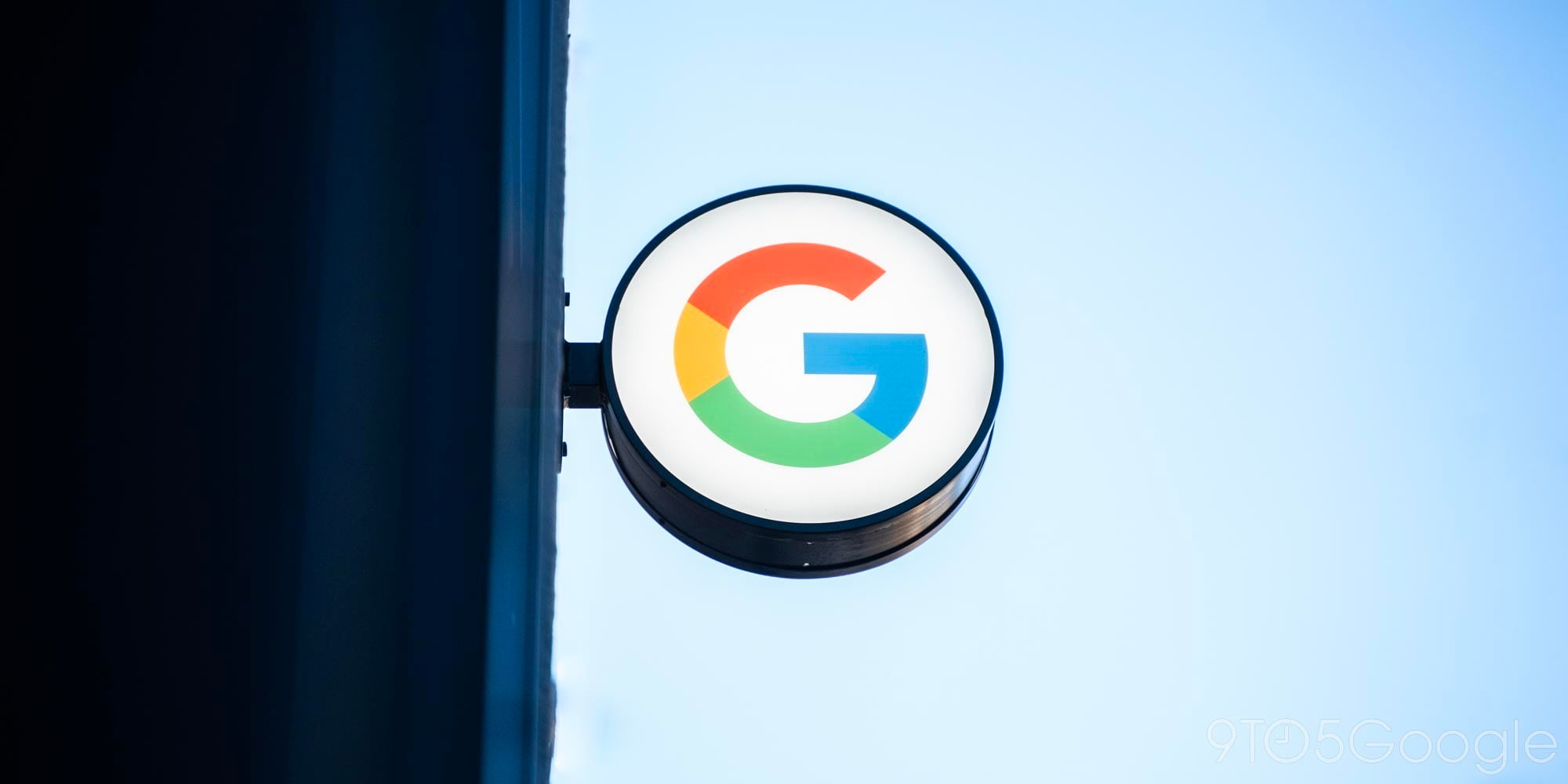

(Image via Harry McCracken)
In San Francisco today, Google held an event focused on its self-driving car technology with head of the project Chris Urmson and Sergey Brin. During the event, Google Urmson and Brin offered several details on its self-driving vehicles, as well as let the press ride in the cars and try them out themselves (via Harry McCracken).


Google’s self-driving cars may have an impressive safety record – having never caused an accident in more than a million miles of driving on public roads – but the company admits that their ultra-cautious approach can make them a little unpredictable and annoying to other drivers, reports the WSJ. Examples include taking a very wide approach on turns, and braking at the slightest sign of danger.
The cars are “a little more cautious than they need to be,” Chris Urmson, who leads Google’s effort to develop driverless cars, [said]. “We are trying to make them drive more humanistically” …


If there were any remaining question about whether Google plans to actually proceed to a full-scale commercial launch of its self-driving car at some point, a hire reported late last night by Automotive News seems to remove any doubt. It reports that Google has hired John Krafcik, former Hyundai CEO and a car industry veteran, to head up the program.
Krafcick refers in an email to the cars being used by “millions” of people.
“This is a great opportunity to help Google develop the enormous potential of self-driving cars,” Krafcik wrote in an email to Automotive News. “This technology can save thousands of lives, give millions of people greater mobility, and free us from a lot of the things we find frustrating about driving today. I can’t wait to get started.”

When Google originally showcased the newer low-speed “cute-mobile” self-driving car, it mentioned a goal of having about 100 of them on the road for testing within a couple years. Now, as the company is bringing its low-speed electric prototypes to Austin a year later, Sarah Hunter, head of policy for Google [X], has revealed that the company is expanding production of the cars (via The Guardian). Hunter says that Google is now producing at least a “few hundred” and hints at a potential future of mass-production…
Expand
Expanding
Close
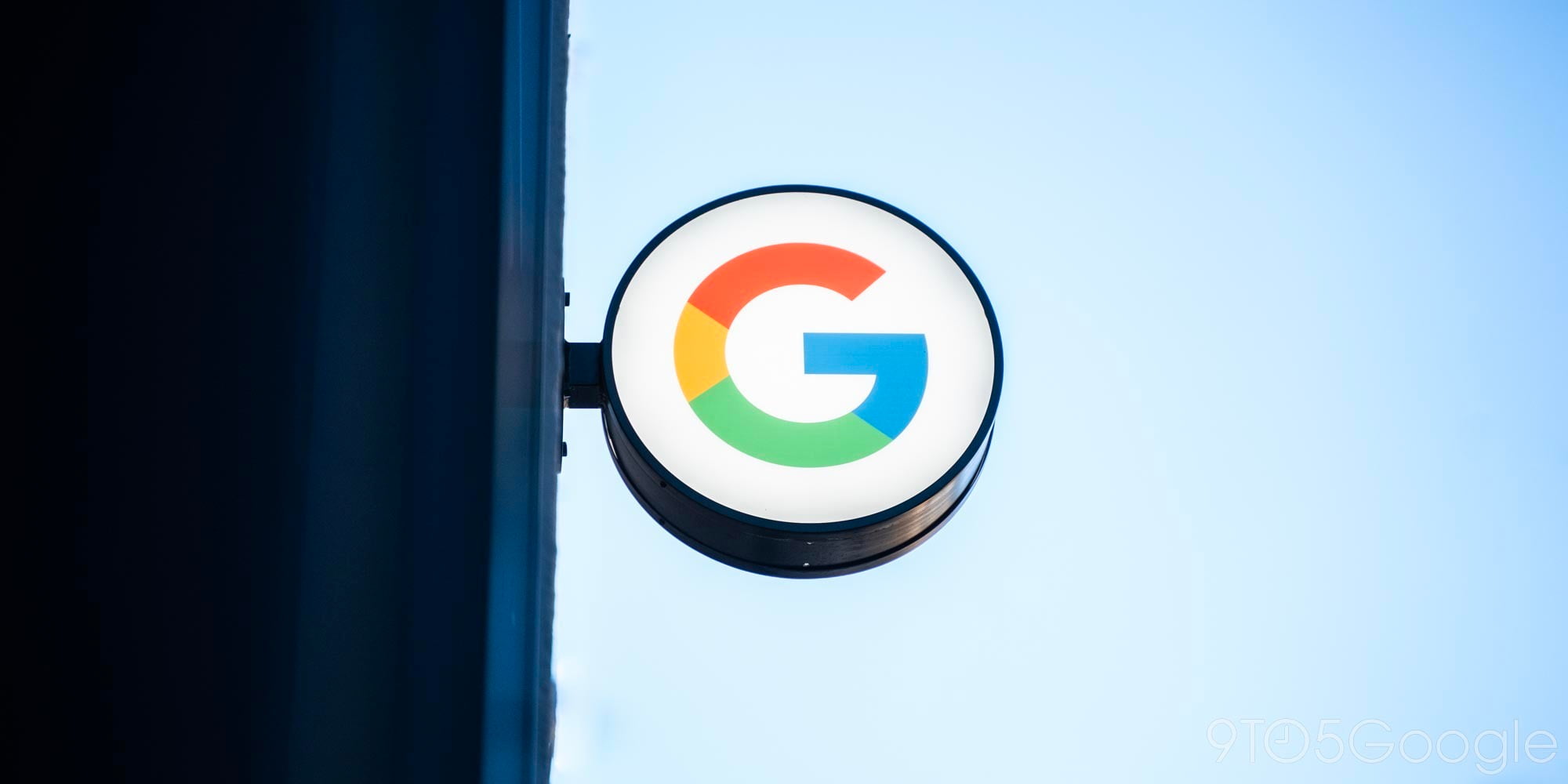
Google today has announced that it is expanding its custom self-driving car project to Austin, Texas. Previously, the company had only been allowing the car to roam the streets of California. Google now says, however, that it is brining “a few” of its self-driving cars to Texas. The cars will stay in the northern part of Austin, like its modified Lexus vehicles have been for the last several months.


The accident record of Google’s self-driving cars speaks for itself, but that doesn’t mean there aren’t still bugs to be worked out. Ironically, though, one of those bugs demonstrates just how capable the cars are.
When one of the cars encountered a cyclist doing a trackstand (balancing while stationary by making tiny back-and-forth movements) at a four-way stop, the car came to a halt every time the cyclist moved forward an inch or so. The recent encounter in Austin, Texas, was described by the cyclist on web forum Road Bike Review …
Expand
Expanding
Close

When Android Auto was debuted in June of 2014, a variety of automobile manufacturers signed on to support Google’s in-car offering. One of those launch partners was Honda and despite the manufacturer having promised to support the platform from the beginning, it has yet to release any car model with support for Android Auto. Today, however, Honda announced at an event in Silicon Valley that it will begin shipping cars with support for Android Auto in 2016.


If you live in Austin, Texas, and thought you spotted one of Google’s self-driving cars, you weren’t imagining things: the company confirmed today that it has chosen the city for the next phase of testing. Google said in a G+ post that it was important for the software to be tested in a variety of different driving environments.
We’ve chosen Austin, Texas, as a new testing location for our project, and one of our Lexus SUVs is there now, with safety drivers aboard, driving a few square miles north and northeast of downtown Austin. It’s important for us to get experience testing our software in different driving environments, traffic patterns and road conditions—so we’re ready to take on Austin’s pedicabs, pickup trucks, and everything in between.
Google first demonstrated the car to the city’s mayor, chief of police and other officials back in 2013 …
Expand
Expanding
Close
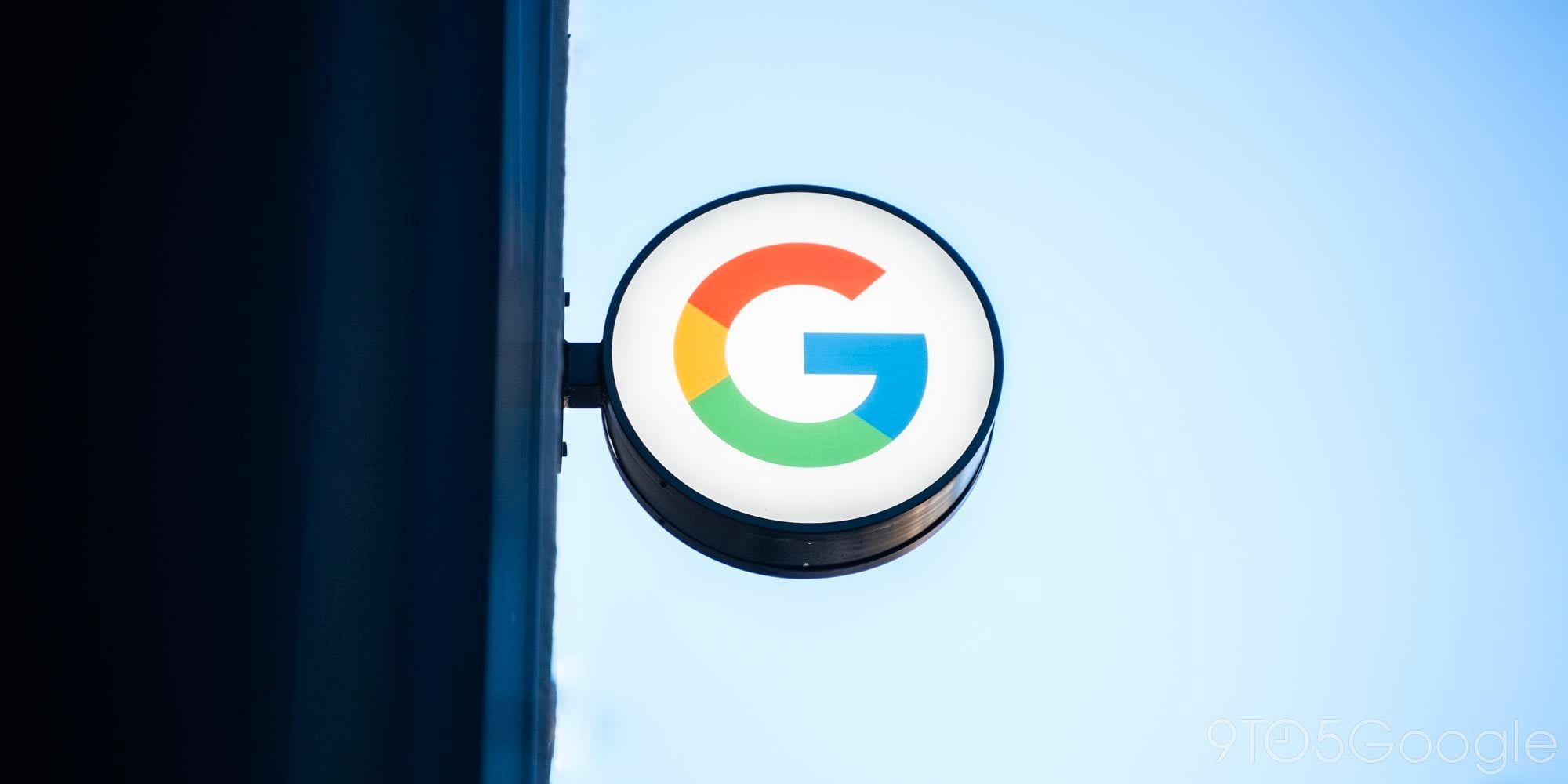

Chris Urmson is head of the self-driving car project at Google, and as you may know, the Mountain View company just announced that the latest prototype of its car — the one that’s super adorable — is now on the roads of Mountain View. But one thing that many just can’t wrap their head around is how these cars can manage to navigate the roads themselves, without any human assistance. Urmson does a great job of explaining that in this TED Talk video…
Expand
Expanding
Close
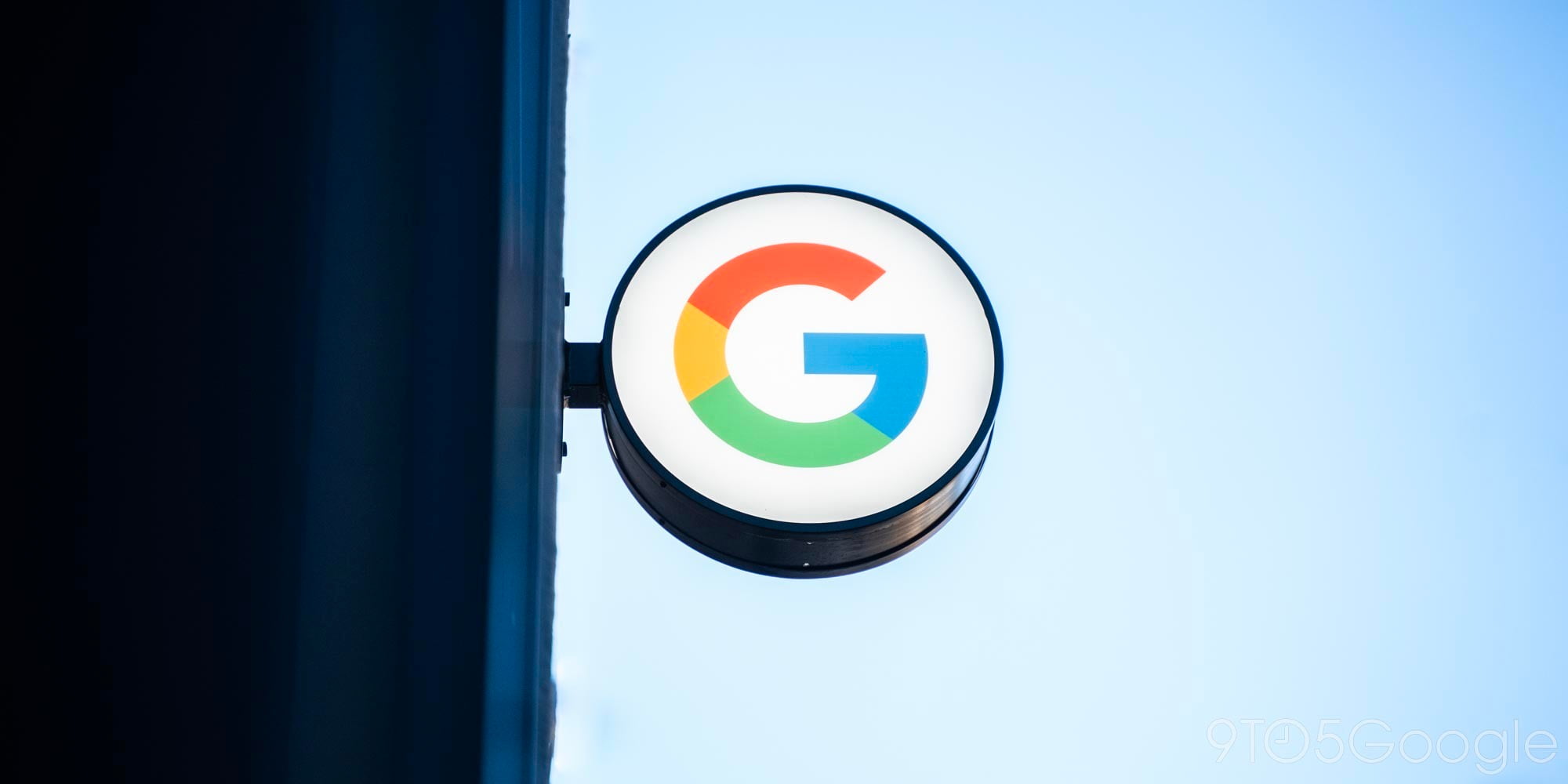

According to a recent post on Google+, Google’s new cute self-driving car prototypes are now driving the roads of Mountain View. As was mentioned previously, they’re taking some cues from how the company’s previous line of Lexus self-driving vehicles. This first run of a few of the new ‘Koala’ prototype will have a safety driver on board with a “removable” steering wheel, accelerator, and brake — just in case…
These prototype vehicles are designed from the ground up to be fully self-driving. They’re ultimately designed to work without a steering wheel or pedals, but during this phase of our project we’ll have safety drivers aboard with a removable steering wheel, accelerator pedal, and brake pedal that allow them to take over driving if needed. The prototypes’ speed is capped at a neighborhood-friendly 25mph, and they’ll drive using the same software that our existing Lexus vehicles use—the same fleet that has self-driven over 1 million miles since we started the project.
According to Google, the speed of the cars is currently capped at a pretty conservative 25 miles per hour, and they’re driving around at that “neighborhood-friendly” speed using the same software that powered the Lexus line. Ultimately, the goal is for them to be completely autonomous, but it would make sense that Google wants to take that slow to avoid any more sensationalized stories about their safety…
Expand
Expanding
Close
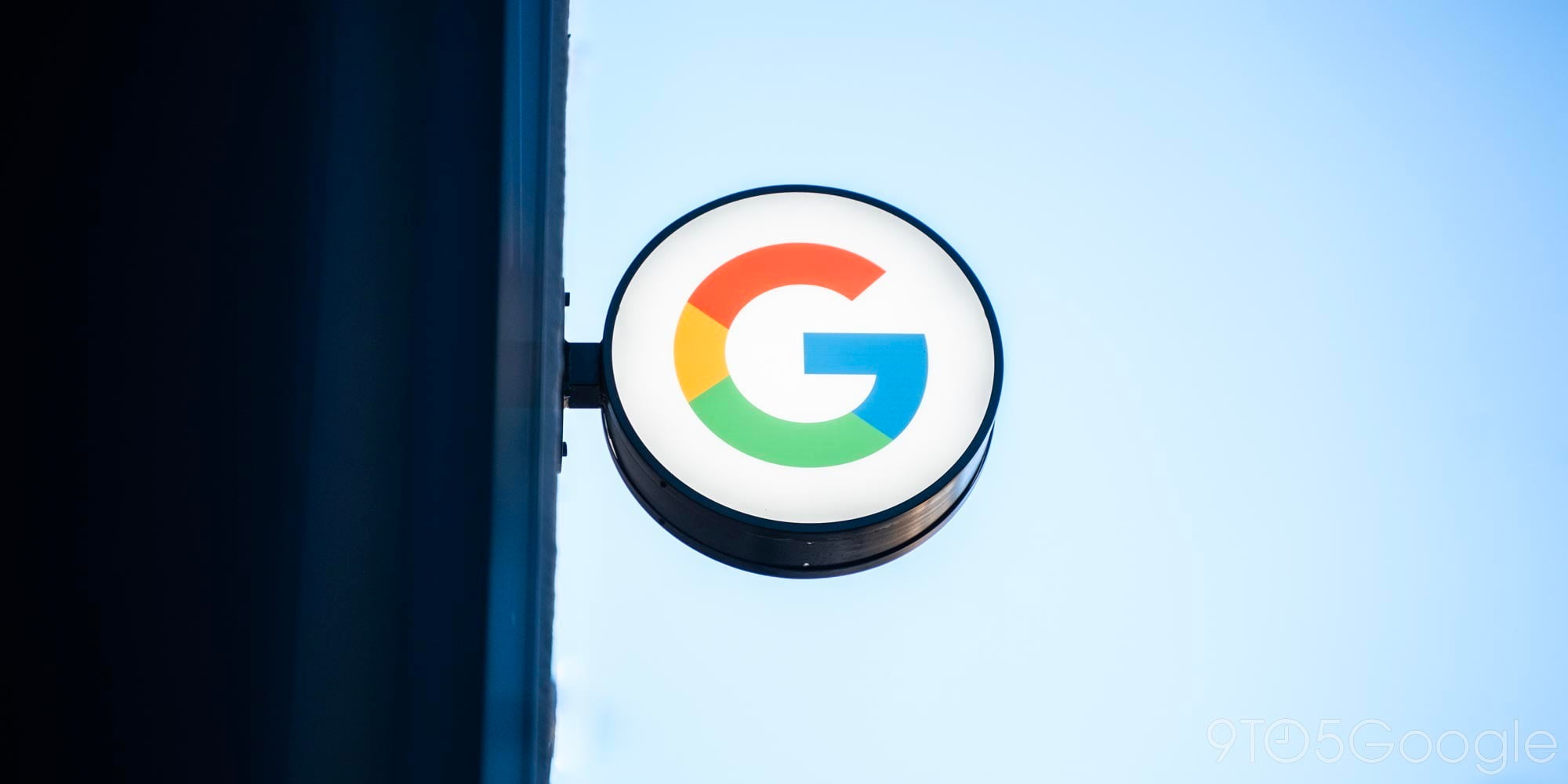
GM has announced today that Android Auto will be available in GMC’s 2016 Canyon, Yukon and Sierra, as well as the 2016 Buick LaCrosse and Regal. While Apple’s CarPlay will be available in most models from the start, Android Auto will only be coming to some GMC Sierra models at launch. The rest of the Sierra models and the Yukon and Canyon, as well as the two 2016 cars from Buick, will be getting Android Auto at some point later in the model year.
Expand
Expanding
Close


California’s Department of Motor Vehicles has released brief factual details of six accidents involving Google and Delphi self-driving cars, after the Associated Press successfully argued that legitimate public interest in the safety of the cars outweighed normal confidentiality rules. Self-driving cars were not found to be at fault in any of the accidents, and there were no injuries.
According to the reports, most of the cars were in self-driving mode when the accidents happened, and the other driver caused the accident. None of the crashes were serious enough to injure the person the state requires to sit behind the wheel, and the reports say none of the people in the other cars were treated for injuries either.
Five of the six accidents involved Google cars, and four of those were with the car in self-driving mode. The DMV was unaware of eight other accidents involving Google autonomous cars until the company shared the information during a conference call in April …
Expand
Expanding
Close

Google has launched a new website that will offer monthly updates on its driverless car project including reporting accidents the vehicles have been involved in.
Expand
Expanding
Close